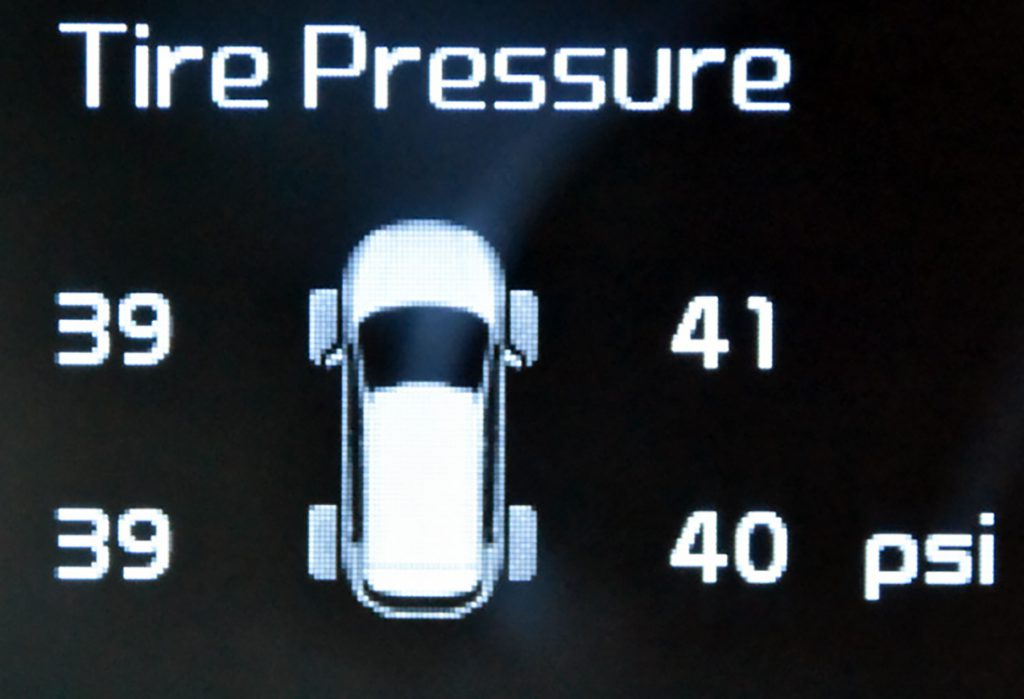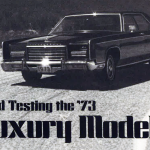
Don’t be surprised if your vehicle’s Tire Pressure Monitoring System (TPMS) light comes on as winter weather arrives in earnest and the temperatures outside turn truly frigid. Most modern-day passenger-vehicle tires are supposed to be inflated to around 32 psi (pounds per square inch), but that pressure drops by roughly 1 psi for every 10-degree drop in ambient temperature.
Why Your Windshield Washer Fluid Froze
Why Your Tire Pressure Warning Light Is On

If you last filled your tires to the proper pressure when it was 30 degrees out, they’ll be four pounds low at -10, which may be enough to turn on the warning light. Many vehicles now have individual tire-pressure readouts you can pull up on the instrument panel, but most don’t. If your car doesn’t, of course the proper thing to do is check all your tires with a gauge and fill them to the prescribed pressure. But who wants to do that when it’s 10 below?
Surviving the Polar Vortex: Winter Driving Tips
Also, they’ll just be overinflated when the temperature warms up. If the tires all seem to have the same amount of “bulge” at the bottom and all provide the same amount of resistance when you press hard on the sidewall with your thumb, you probably don’t have a flat and it’s likely OK to leave them as is… though we still recommend properly checking the pressure. By the way, it’s possible that if you drive on them for a while, the tires will warm up, the pressure will increase, and the light will go off. This is quite common.
If you don’t know how to check your tire pressure, or just aren’t able to do so, most tire shops have personnel on hand willing to lend a hand. And if it is seriously cold out, consider leaving the guy a tip.
3 Easy Ways to Prepare Your Car for Winter
Tire Pressure Warning Light Is On



